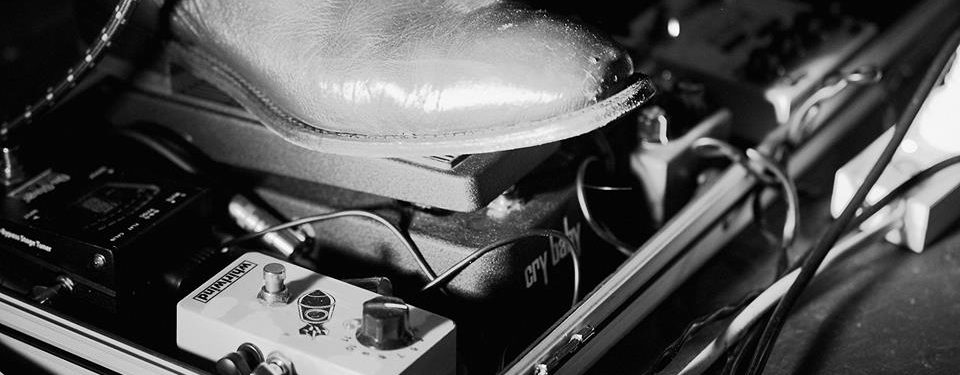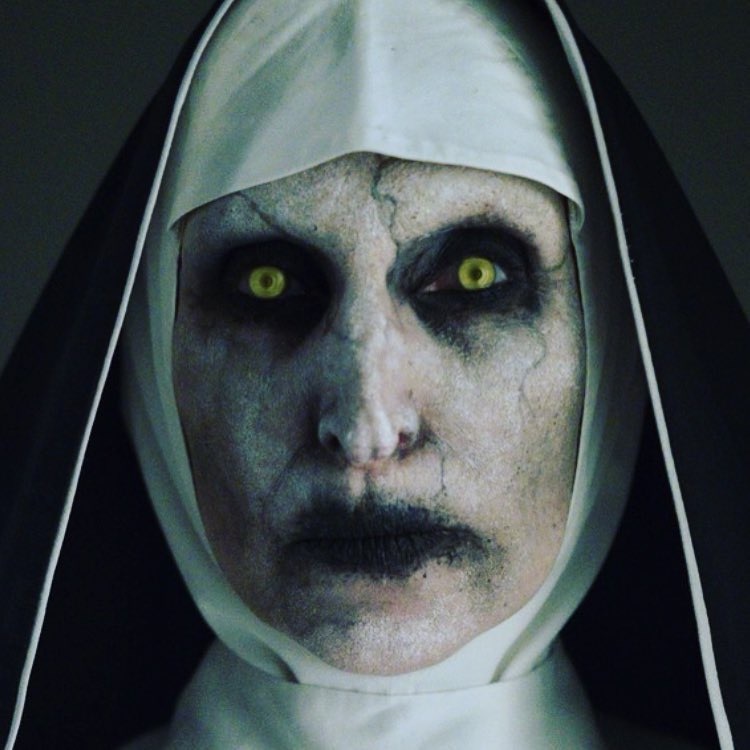Mixing in 5.1
Once we got all our audio assets together we felt it was time to jump into the studio and get this project rolling. During this whole project, we have been keeping to our planned schedule to a tee, like any project have had a few slip ups now and then but overall we been keeping to our schedule. For example, we planned to finish all of our assets by week 9 and began mixing in week 8, and that’s exactly what we have done. Let me run you through what we have been doing for the last 2 weeks.
The learning process

We have been going crazy with the 5.1, it’s completely new to John and me so it’s been a really exciting experience. Because of this, we have been trying to have some fun with it, As our teacher, Guy Grey says “it’s about being creative and just going for it” and that’s what we did. We have been really homing in on our use of 5.1 and trying to create space and intensity within our mix. We are both big fans of horror movies and really like how they grab the viewer, especially when you go to the movies, you really do feel like you are in the room and when a big scare happens you feel it move over you adding to the overall intensity. For our project, we really wanted to add this effect. Even know this was our first time mixing in 5.1, it’s really helped that we both had quite a large knowledge of signal flow and understanding routing inside pro-tools. This gave us the ability to get creative with our sends. Before we headed into the studio we got ourselves a rough mix in a normal 2.0 stereo mix and got everything roughly EQed and leveled. We then spent a few days watching online tutorials and asked our teachers for advice with different methods while mixing in 5.1 doing this really helped us understand how to tackle the project. Simple things like only using the center channel for dialogue and using phasing to help place the vocal in the room. This was something we never thought off or knew about before.
Mixing using the C24

The one thing we both loved was using the C24, I personal have never even used the desk before this trimester so it was a great learning curve for me. We learned really cool little tricks like flipping the faders so we could control the panning making it easier to remove things from the center. The another trick was being able to go through different banks on the desk during your session, this made life way easier when trying to find certain channels while mixing, instead of scrolling through using a mouse. Another function we loved was the use of the VCA faders to control our automation because we had a lot going on at once this function really helped when controlling volumes during certain parts of the clip. We did this by using the ‘touch’ feature which allows you to bring down the volume live. To bring it back to its original place you just let go of the fader.

A challenge we did come across was the use of the stereo panning tool because of the sensitivity of it. It was hard to control the panning automation with a mouse, it would have been a lot easier if we had a joystick, but even know it took awhile we got it down pat after a few tries and it really did add a lot of movement to our sound giving us that effect of the viewer being smack bang in the middle of all the madness, having things coming at them from all different directions.
Use of New Plugins

With this project, myself and John made a pact to go outside the box (pun not intended) when it came to using plugins, even know we are quite skilled using pro tools we limit ourselves to only using simple default plugins and really wanted to try our hand in using outsourced plugins. Which is great for us because SAE has an endless amount of different process plugins. This came in handing when we applied Reverbs to our tracks. With a project, this large you really have to try and work out the reverbs to each scene and try to place each sound in that space. We decided to use a plugin called UAD Ocean way studio reverb, this allows you to choose the size of the room and where you wish the sound to be picked up from by placing a simulated mic inside the room. We used two different presets of this reverb design on the rooms within the scene. Then we placed them onto different auxs and sent our assets to each room and changed the levels to match what you saw and felt on the screen.
Loudness Standards/Mastering
Once we began getting heavily involved with mixing we set up a mastering path to help control our overall levels and at the same time making sure we keep within the Australian Film/Television loudness standards OP 59 (-24LUFS, -2dBFS True Peak). If you haven’t heard or even thought about loudness standards then lucky you. But it’s a thing and has been an ongoing debate worldwide for a long time in Music, Film, Games and Television. Each country/Region has its own laws and regulations. For years this wasn’t the case at all which meant mixing and mastering engineers would push the limits when using limiters, compressors, and equalizers to make their product louder which saw companies battle to be the loudest which saw our music, film and advertisements become louder and louder. Because of this, we saw the rise of the loudness laws and new measuring techniques like True Peaks, LKFS/LUFS, LU, and K-Weighting that were created to read sound more effectively. As I stated there are many different broadcasting standards worldwide.
- ITU BS.1770-3 (The International Telecommunication Union)
- EBU R128 (European Broadcasting Union)
- ATSC A/85 (The Advanced Television Systems Committee – US)
- TR-B32 (Japan)
- OP-59 (Operational Practice – FreeTV – Australia)
So for us to make our project meet industry standards, we need to follow the regulations set by the FreeTV Australia which follows ITU BS.1770-3 (The International Telecommunication Union) which uses the normalized measurement of -24LKFS/LUFS with a true peak level of -2dbFS. To make sure we meet these standards we set up a mastering signal chain. We did this by creating a ‘Sub Mix’ and routed everything through. Then we applied a few different processing plugins so we could control and monitor the level. The plugins we used where an Avid Pro Multiband dynamic, Avid EQ37 – band, Avid Pro Limiter, and an Izotope Insight 5.1 Analyzer. It was a great thing we did this because our mix was quite loud and peaking around -15LUFS. Which was crazy loud and was really making our mix unlistenable.
We started off by trying to control our individual Aux tracks by changing the levels and compressing them slightly to try and take off some of the impacts in our LUFS. Once we did that we saw the level drop down to around about -20LUFS, which gave us a lot more control and room to improve. Then we went through each master plugin to gain more control over the entire mix. We started off with the multiband compressor, we watch the scene to see what we needed to be controlled and what needed to be boosted. We decided to compress the lows a far bit and slightly compress our upper mid range too and then we boosted the gains in the midrange to make sure they cut through. We then cut out, even more lows using the Avid EQ37- Band. Even know we compressed the lows the LFE (Sub) was still shaking the room and working its ass off so we used the 7 band EQ to scoop out even more lows out and boosted the midrange at around 3K a bit to help push the vocal through the mix.
Below is a screen shot of the Multiband Compressor and EQ37


After these slight tweaks, we noticed a dramatic change in our LUFS, everything was starting to sit within the loudness standard which was great to see. So we decided to watch the scene back again to make sure everything was sitting at a nice level. We noticed that during the big scare moments we seemed to still push the LUFS to about -21. We didn’t understand what was going on, We checked our Avid Pro Limiter to make sure it was set to -2dBFS True Peak and nothing was clipping. Everything seemed fine, after putting our head together we decided to use compression and limiters on each Aux to try and control the levels during the big scares and bangs. This seemed to work well and gave the mix, even more room to play with, Because of that we decided to push the demon screams even more to get that big impact. It worked beautifully, after finally taming this beast we watched the scene one more time to make sure that everything was sitting well and meeting the Free Tv standards. While we watched the scene we used the Izotope Insight 5.1 Analyzer to make sure we were sitting perfectly at -25/-24LUFS and while we were there we checked out or panning too. Everything was looking and sounding great, we only had one or two peaks that reached around about 23/-23.5LUFS. Now we finished the mixing and mastering it was time to render this baby.
Below is a screen shots of our Limiter and Analyser.


REFERENCES
http://www.tcelectronic.com/loudness/broadcast-standards/
http://www.tcelectronic.com/loudness/loudness-explained/
http://www.commercialapprovals.co.nz/documents/Commercial_Production_Standards.pdf

